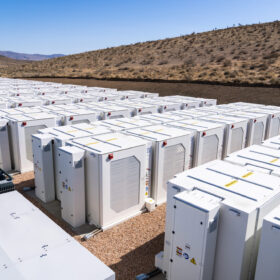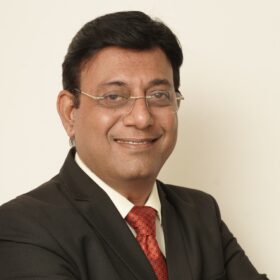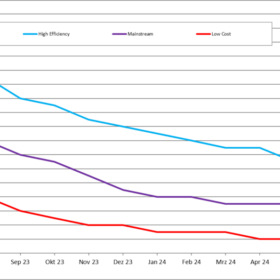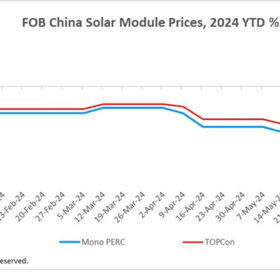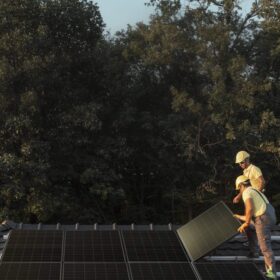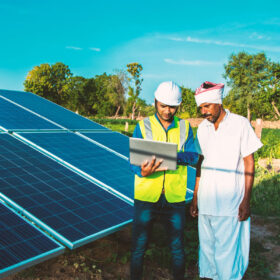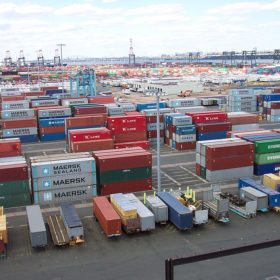Lithium-ion battery fire safety starts with the manufacturer
Fluence America’s president says stakeholder and first responder engagement is necessary to keep failures from becoming newsworthy events.
The importance of measuring albedo at solar sites
As bifacial modules proliferate, estimations of albedo are becoming more important and with developers not prepared to install weather stations to assess solar resource, a popular option has become third-party, on-site measurements over periods as short as a day. Is this an acceptable compromise between costly on-site measuring and less accurate satellite data? Everoze’s Stefan Mau discusses the potential benefits and limitations of this approach.
Lifecycle management in renewable energy projects
Routine inspections, monitoring systems, and predictive maintenance techniques play a vital role in optimizing energy output and ensuring the success and longevity of solar and wind power projects.
PV market eyes recovery amid falling module prices
Martin Schachinger, founder of pvXchange.com, says that solar module prices are falling across the board, while batteries and inverters are hitting historically low prices due to market oversupply.
China modules prices trend lower on weak demand, oversupply
In a new weekly update for pv magazine, OPIS, a Dow Jones company, provides a quick look at the main price trends in the global PV industry.
Challenges in battery cell manufacturing in India
From electric vehicles to renewable energy storage, batteries play a pivotal role in shaping a greener future. However, despite the promising landscape, battery cell manufacturing in India faces several challenges that require innovative solutions to overcome.
Back contact solar beats mono PERC at lifetime energy generation
A new analysis finds that back contact solar shows an average lifetime energy generation increase of 16.0% over mono PERC. The paper also says back contact had an average 9.7% shorter payback time and 10.7% lower LCOE across all modelled locations.
Guide to solar development under PM-KUSUM Scheme
Achieving and maintaining a capacity utilization factor (CUF) of 19% over 25 years without deration is feasible through careful selection of high-efficiency, low-degradation solar panels, and implementing robust design, maintenance, and monitoring strategies. By following the guidelines provided in this article, developers can ensure compliance with PM-KUSUM scheme and achieve sustainable, long-term performance of their solar power plants.
IEA-PVPS releases fact sheet on environmental life cycle assessment of PV Systems
The updated IEA PVPS Task 12 Fact Sheet provides a comprehensive assessment of the environmental impacts associated with PV systems. It highlights the significant advancements made in PV technology, emphasizing improved efficiencies and reduced environmental footprints.
Understanding the evolving landscape of Corporate Sustainability Due Diligence Directive
The Corporate Sustainability Due Diligence Directive signals a new era of corporate responsibility, urging Indian businesses to embrace sustainable practices to thrive globally. This presents an opportunity to enhance competitiveness, attract global partners, and contribute to a more sustainable and resilient future.
